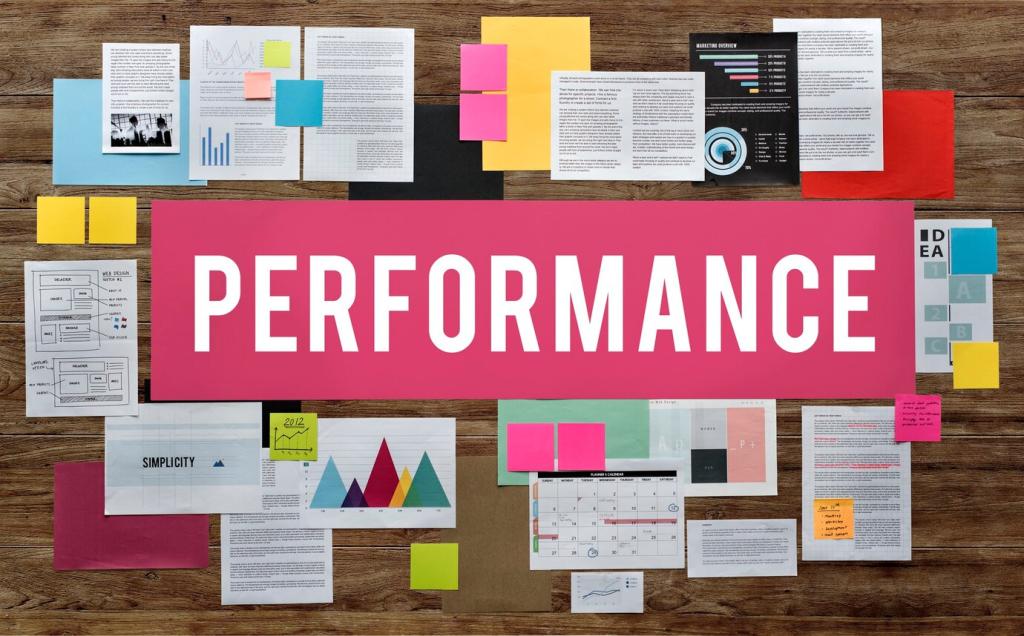Breathwork That Moves With You
Inhale four, hold four, exhale four, hold four. Repeat for two to three minutes to stabilize arousal and sharpen attention. Especially helpful for precision sports and clutch moments, this square rhythm builds composure without dulling the edge you need.
Breathwork That Moves With You
During easy jogging or dynamic prep, breathe through your nose to encourage diaphragmatic mechanics and economical pacing. Notice how nasal airflow supports smoother strides and calmer mind state. Gradually introduce mouth breathing only as intensity demands it, preserving relaxation as long as possible.






